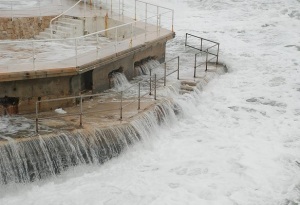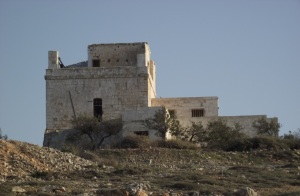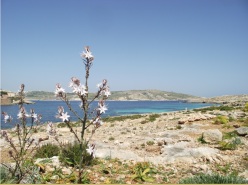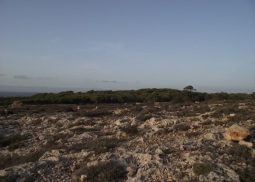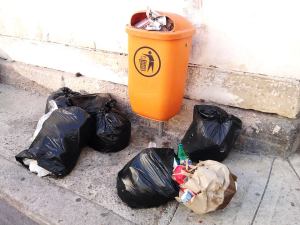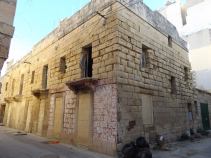The latest proposal of a project includes a bridge which should be constructed between Malta and Gozo. There are many different opinions on whether it should be built or not. Many people think it will be an eyesore, while others think it could spare time when travelling from Malta to Gozo and vice versa. However, the negative impacts are substantially higher than the benefits.
First and foremost we have the costs. The bridge linking Malta and Gozo will include a very high capital cost of not less than €1 billion. This will lead to a high deficit and a higher debt. Apart from the capital cost we also have the maintenance costs. According to a study by China Communications Construction Company, the maintenance and running costs will be some €4 million p.a. However, these are only estimates, and as many other projects have shown, these costs are always much higher than predicted.

We also have to mention the travelling costs. How high arethe travelling costs going to be to cross from Malta to Gozo? Will fares be raised in order to cope with the costs? What about tourists? Would they enjoy seeing a bridge instead of magnificent fortifications and amazing cliffs? What about the Gozo Channel? Will people employed with this company lose their jobs?
Another issue are the climatic conditions of the Maltese Islands. The channel between Malta and Gozo is well known for strong winds and high waves, especially in winter. Malta only has 7 windless days, meaning that this element is considered a major threat to the project. This shows that the project will also affect the safety of commuters using the bridge. Another threat includes earthquakes. Earthquakes are unpredictable and within a few seconds one single seismic event can eliminate hundreds of lives and destroy the bridge and with it, millions of Euros.
Another aspect includes the location. The points joining Malta and Gozo include Qala in Gozo and Marfa in Malta. In both locations we have 2 very important historical buildings. The White Tower (or Ahrax Tower) was built in the 17th Century by the Knights. The St. Anthony Battery at Ras il-Qala was also built by the knights in the 18th Century. These 2 historical buildings are of great importance and building a bridge will cause several effects. The construction of new roads can have an impact on these historical monuments and the construction of the bridge will spoil this area. One has to look at historical buildings keeping in mind what their function was, and the bridge will destroy this function.

Finally we have the environmental aspect. The Malta-Gozo Channel is an important bird area (IBA). The construction of a bridge would severely affect birds in this area, ranging from Cory’s and Yelkouan Shearwaters to large migrating birds of prey and others such as storks.
The bridge will also have a negative impact on the marine ecosystem. And what about Comino? The bridge will destroy the peace on Comino, which will be affected by heavy traffic flow going past Comino. It will also lead to more pollution due to cars passing close to the island. The construction of new roads will additionally put more pressure on our ecosystem.
ADZ Malta Green Youth strongly opposes this project because it is the most unsustainable project in Maltese history. Not only will it negatively affect the environment, but it will also lead to negative impacts on the economy, society and culture.
Pascal Aloisio (ADZ Executive Member)
